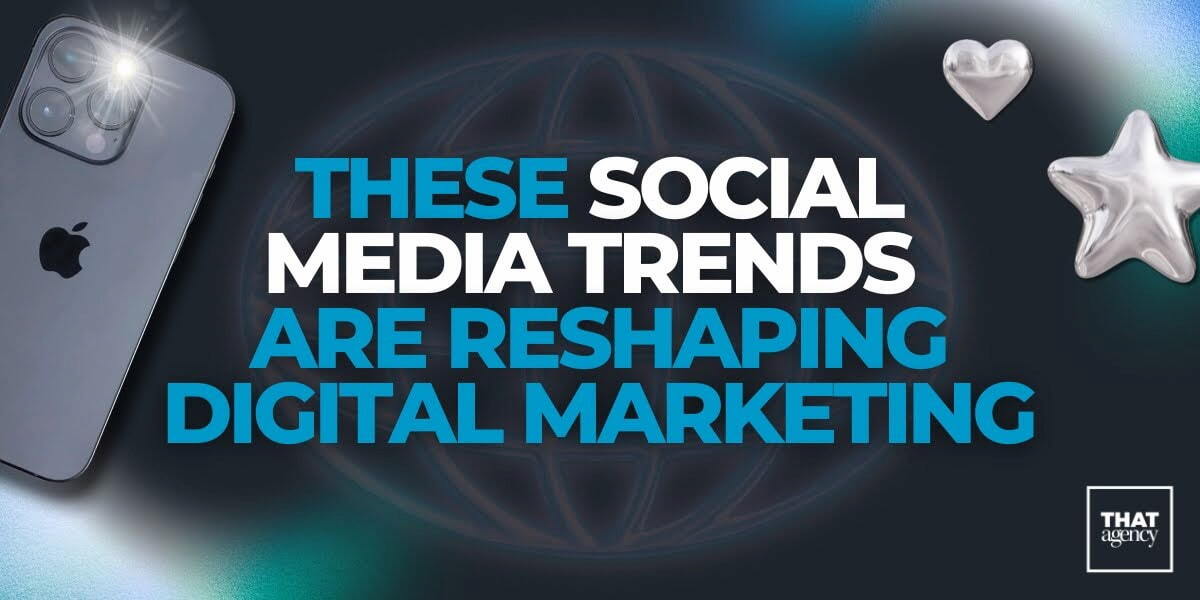Eye tracking allows us to graphically observe what a person sees when they look at a website. It gives us an idea of where people look first and what grabs more attention. Some big companies may want to use eye tracking to make sure the right parts of their website is actually being viewed. Those who may lack the ability to get an individual assessment can learn from the many studies that have been conducted using eye tracking technology.
1. Most people come to your site looking for information; this explains why text gets more attention than graphics.
2. Most websites have a similar format which includes important information, such as a logo, in the top left corner of the page. This is why most people look to that corner first.
3. After they have looked at the top left corner they proceed by looking down and to the left.
4. Most readers ignore banner ads because they are so used to them.
5. Any text that may be misinterpreted for an ad, usually over-formatted text, is not read.
6. It is better to use numbers than to spell out the word because most people are just scanning over the page.
7. Font size affects the way a person reads a page. Smaller font size makes people focus while people usually scan over lager fonts.
8. Be careful about putting important information at the bottom of the page because most people generally scan near the bottom.
9. Keep paragraphs short. People have short attention spans and so it helps to have shorter paragraphs.
10. Use one column instead of multiple ones because too many will make a reader feel overwhelmed.
11. Ads next to the most important content get the most attention.
12. Text ads perform better because they blend into the page and are less irritating.
13. Bigger images are better because people like to be able to make out the details. Therefore make sure the quality is good too.
14. One of the first things a reader looks at is the header so make sure it is catchy.
15. Readers spend a lot of time looking a button and menus so make sure these are well built.
16. As was mentioned before long paragraphs do not hold attention, but list do. So try breaking up some longer paragraphs with bullet points.
17. Formatting words, if not overused, will draw attention. Underlining, bold, and italics can be good tools however using it too much will have the reverse effect.
18. Leave some pieces of your site free of any content. White space will keep readers from feeling overwhelmed and help them focus.
19. Ads in the top left corner of a page will get the most visual attention, so try placing your best ad there.
20. Put your navigation at the top of the page this way it will get more attention and help people go from one page to another more easily; this way they will spend more time on your site.




